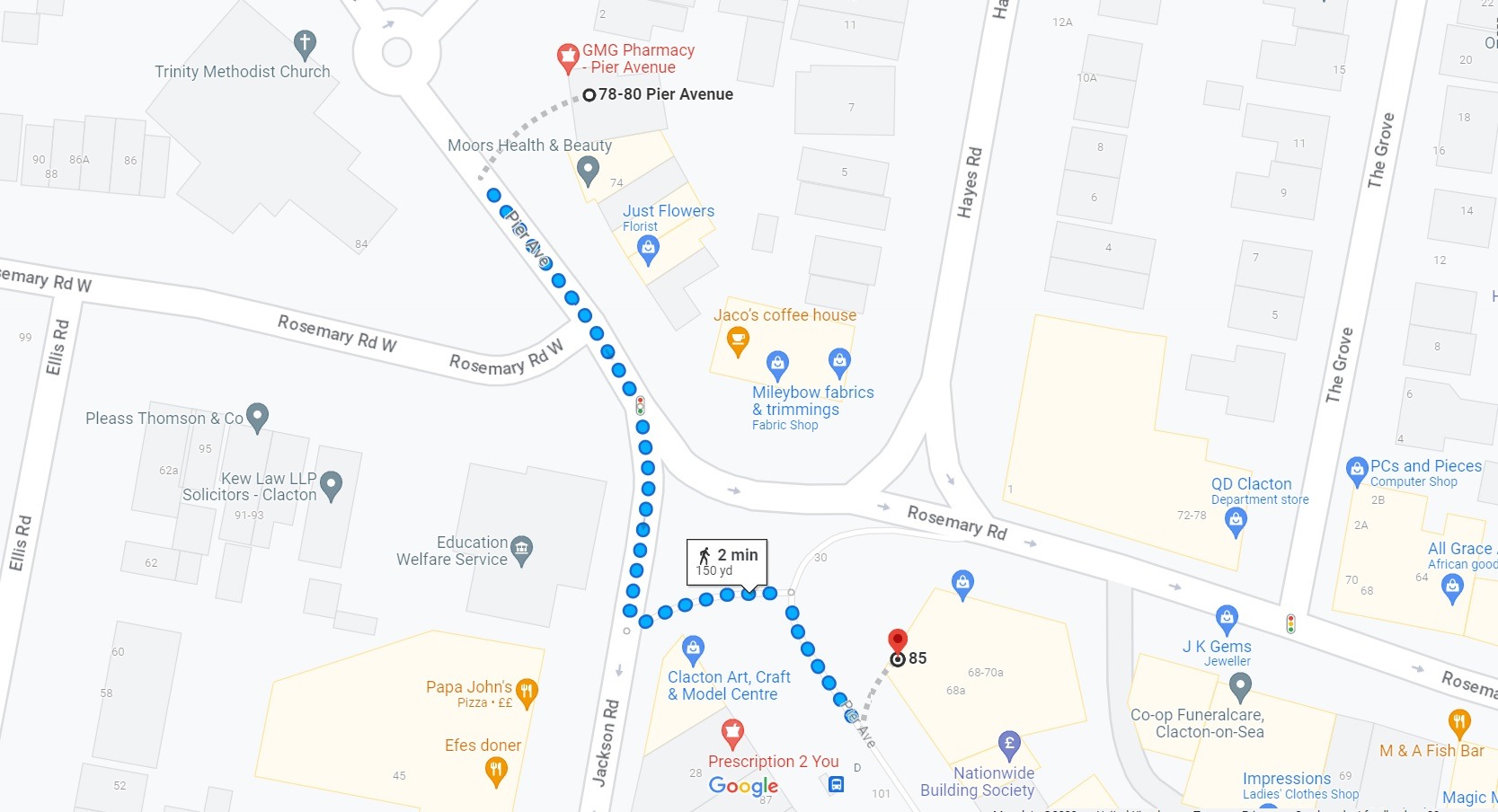Get Your Holiday Off the Ground With Altitude Sickness Tablets
Planning a high-altitude adventure, whether it’s a trek in the Himalayas, a climb up Mount Kilimanjaro, or a trip to the Andes, can be an exhilarating experience. However, with such adventures comes the need for proper preparation, especially regarding your health. At G.M. Graham Pharmacy in Clacton, we are dedicated to ensuring our community is well-prepared for any journey. One of the key health concerns for travellers heading to high altitudes is altitude sickness. In this article, we will explore what altitude sickness is, its symptoms, preventive measures, and the role of altitude sickness tablets in managing this condition.
What is Altitude Sickness?
Altitude sickness, also known as acute mountain sickness (AMS), occurs when you ascend to high altitudes too quickly without allowing your body to acclimatise. At high altitudes, the air pressure is lower, and there is less oxygen available. This can lead to various symptoms as your body struggles to adapt to the decreased oxygen levels.
Symptoms of Altitude Sickness
The symptoms of altitude sickness can vary from mild to severe and typically begin within a few hours to a day after ascending to high altitudes. Common symptoms include:
– Headache: Often the first sign, ranging from mild to severe.
– Nausea and Vomiting: Stomach discomfort and loss of appetite.
– Fatigue: Unusual tiredness and weakness.
– Dizziness: Feeling lightheaded or unsteady.
– Shortness of Breath: Difficulty breathing, especially during physical exertion.
– Sleep Disturbances: Difficulty sleeping or frequent waking.
In severe cases, altitude sickness can progress to high-altitude cerebral edema (HACE) or high-altitude pulmonary edema (HAPE), both of which are life-threatening conditions that require immediate medical attention.

Preventing Altitude Sickness
Preventing altitude sickness involves a combination of proper acclimatisation and taking preventive measures. Gradual ascent is crucial; it is recommended to increase your sleeping altitude by no more than 300-500 meters per day once you are above 3,000 meters. Staying hydrated, avoiding alcohol and caffeine, and resting adequately during the initial days of your ascent are also essential strategies. Including rest days in your itinerary helps your body adjust gradually, and monitoring your health for early symptoms is vital. If symptoms persist or worsen, descending to a lower altitude immediately is the safest course of action.
The Role of Altitude Sickness Tablets
Altitude sickness tablets can be an effective preventive measure and treatment for altitude sickness. These medications help your body adapt to high altitudes more efficiently and alleviate symptoms. At G.M. Graham Pharmacy, we offer a range of altitude sickness tablets that can make your high-altitude adventure safer and more enjoyable.
Common Altitude Sickness Tablets
Acetazolamide (Diamox): This is one of the most commonly prescribed medications for altitude sickness. Acetazolamide helps to accelerate the process of acclimatisation by making the blood more acidic, which stimulates breathing and improves oxygen levels. It can be used as a preventive measure and to treat mild to moderate symptoms of altitude sickness.
Dexamethasone: This is a corticosteroid used to treat severe altitude sickness symptoms, including HACE. Dexamethasone reduces inflammation and swelling in the brain. It is usually reserved for emergencies and should be taken under medical supervision.
Ibuprofen and Paracetamol: These over-the-counter pain relievers can help alleviate headaches and discomfort associated with altitude sickness.
How to Use Altitude Sickness Tablets
For preventive use, starting a course of acetazolamide a day or two before your ascent can help prevent the onset of altitude sickness. The typical dosage is 125-250 mg twice a day. If you experience symptoms of altitude sickness, taking acetazolamide can help reduce the severity of the symptoms. In emergency situations, dexamethasone is used for severe symptoms under the guidance of a healthcare professional.

Additional Tips for High-Altitude Travel
In addition to using altitude sickness tablets, consider these extra tips to ensure a safe and enjoyable trip:
– Educate Yourself: Learn about the symptoms and risks of altitude sickness before your trip.
– Travel with a Buddy: Having a travel companion can be beneficial in case you need assistance or medical attention.
– Carry a First Aid Kit: Include basic first aid supplies and any medications you might need.
– Know the Emergency Protocols: Familiarise yourself with the emergency procedures and healthcare facilities available at your destination.
Get Adventure-Ready With G.M. Graham Pharmacy
High-altitude adventures can be incredibly rewarding, offering breathtaking views and unforgettable experiences. However, it is crucial to be aware of the risks associated with altitude sickness and take appropriate measures to prevent and manage it.
At G.M. Graham Pharmacy, we are dedicated to helping you stay healthy and safe on your travels. Our team of healthcare professionals is here to provide you with personalised advice and support. If you are planning a trip to high altitudes, we recommend scheduling a travel health consultation with us. During the consultation, we will assess your medical history and travel plans, provide recommendations on preventive measures and acclimatisation, and discuss the appropriate use of altitude sickness tablets.
This blog was written on behalf of G.M. Graham Pharmacies by Pharmacy Mentor.
